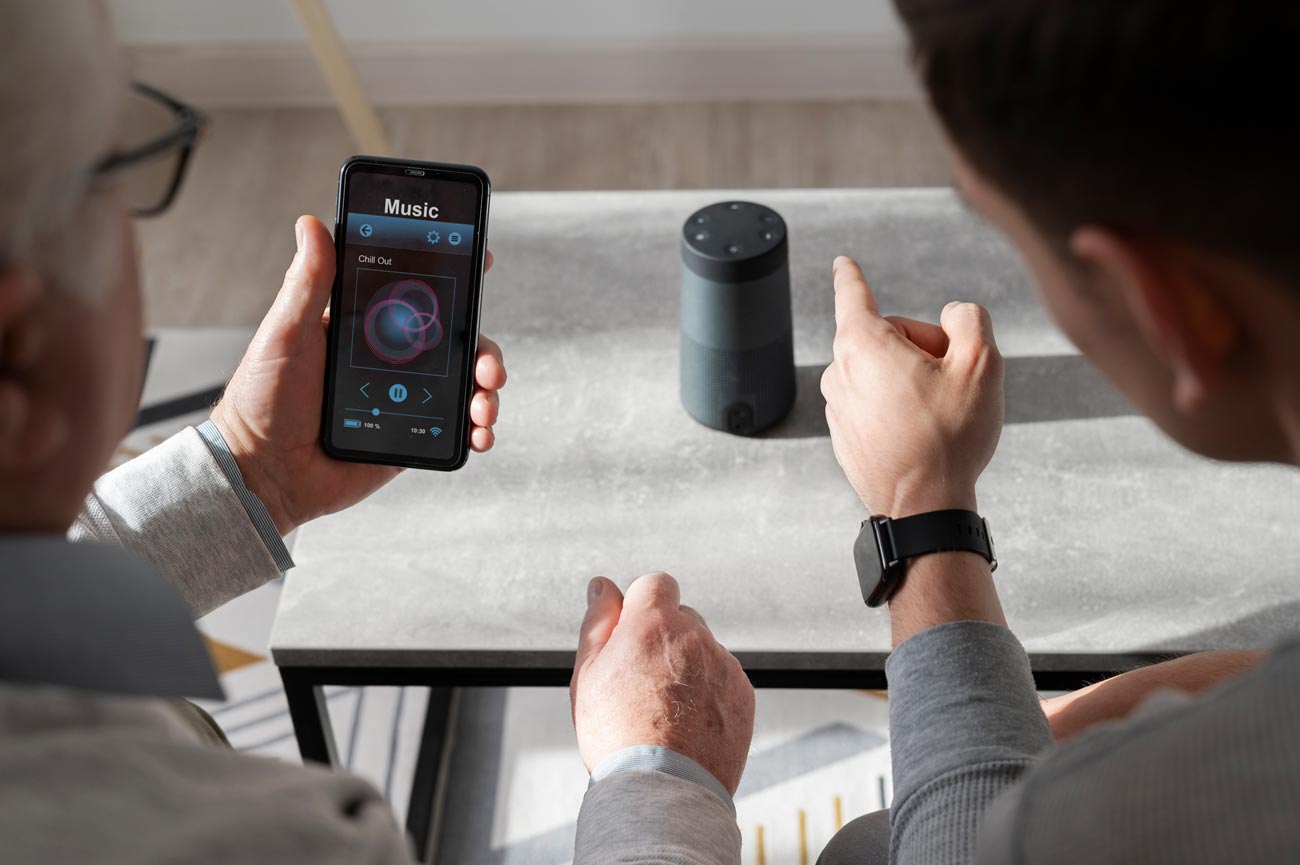Blogs

How a Smart AV System Can Make Life More Convenient and Connected
- Super User
Smart technology continues to evolve, and integrated AV systems are now reshaping the way environments operate—whether at home, in the office, or across commercial spaces. What was once considered complex is now being used every day to improve convenience, streamline routines, and connect multiple systems under a single, responsive control platform.
A well-designed smart AV system begins with a strong foundation in audio and automation. Distributed audio serves as the backbone of many projects, allowing seamless control over what plays and where. Whether organizing zones by room, floor, or purpose, each area can be customized for different content or synchronized for whole-building experiences.
Automation plays a major role in making these systems efficient and easy to use. Settings can be programmed to activate specific functions based on time of day, occupancy, or user preferences. For example, background audio can begin automatically in the morning and fade out by evening. Temperature controls can adjust throughout the day without manual input. Lighting levels, shades, and climate controls can work in tandem with audio to support specific moods, events, or energy savings.
One of the key advantages of an integrated system is the ability to centralize control. Rather than operating each system independently, a centralized interface—via wall-mounted keypads, smartphones, tablets, or voice command—allows access to all system components in one place. This streamlines decision-making and reduces the need to move between multiple remotes or apps.
Modern systems can also respond to triggers in real time. Motion sensors can activate background music when someone enters a room. Door or window contacts can adjust audio settings automatically based on open or closed status. Integration with geofencing can prepare a home or office before arrival, setting preferred climate conditions and turning on audio as occupants approach.
For homes, smart AV technology enhances comfort and daily routines. Morning playlists can begin automatically, while quiet hours can mute or lower volume system-wide. Parents can control content in children’s rooms or set timers that pause playback after bedtime. Outdoor audio zones can be scheduled for pool parties, backyard dinners, or quiet evenings.
In business environments, these systems improve operational flow and customer experience. Restaurants can manage playlists across multiple rooms or patios, adjusting volume levels and content type based on time of day or patron density. Offices benefit from ambient background music, paging systems, or room-specific control to support focused work and collaborative meetings.
Reliability and flexibility remain top priorities in every installation. Systems are designed with redundancy and long-term performance in mind. Whether hardwired or wireless, configurations are built to handle real-world conditions, from multi-story homes to large commercial footprints. For retrofit projects, wireless solutions enable functionality without major construction or disruption.
Maintenance, software updates, and troubleshooting can often be handled remotely. This capability minimizes downtime and allows for fast resolution of issues. Regular updates help maintain compatibility with new devices and services, ensuring that the system remains current even as technology advances.
Energy management is another area where smart AV systems contribute significantly. Equipment can be programmed to shut down during periods of inactivity. Systems can operate in low-power standby modes, and settings can adjust automatically based on occupancy. These features contribute to reduced utility costs and extended system life.
Accessibility is also improved through thoughtful system design. Users with limited mobility or other physical constraints can operate complex environments with simple voice commands or automated routines. Controls can be tailored to individual preferences, improving comfort and independence.
Custom AV systems often require coordination with contractors, electricians, and design teams. Early collaboration ensures proper wiring, device placement, and component integration. Planning also avoids retroactive adjustments and creates a cleaner final installation that complements the overall layout of the space.
One of the most common misconceptions is that smart AV systems are only about entertainment. While entertainment is certainly a feature, the real value lies in the convenience and efficiency of a connected environment. These systems remove friction from daily routines, support better energy use, and create a more adaptive space—whether for a single family or an entire business team.
With customization options available for every budget and space, smart AV integration continues to become more accessible. Whether building new or upgrading an existing property, systems can be scaled and expanded over time. Additions such as new audio zones, sensors, or remote controls can be implemented as needs change.
In Louisiana, where humidity, weather variability, and large gatherings are common, the durability and performance of AV systems matter. Outdoor audio systems are built to handle environmental stress. Equipment is chosen for resilience as well as performance, allowing for consistent operation across seasons.
Smart AV systems are no longer a luxury or novelty. They are a tool for simplifying life, improving responsiveness, and staying connected to what matters. Thoughtfully designed and properly installed systems become part of the rhythm of daily life, helping homes and businesses operate with more ease and less effort.



